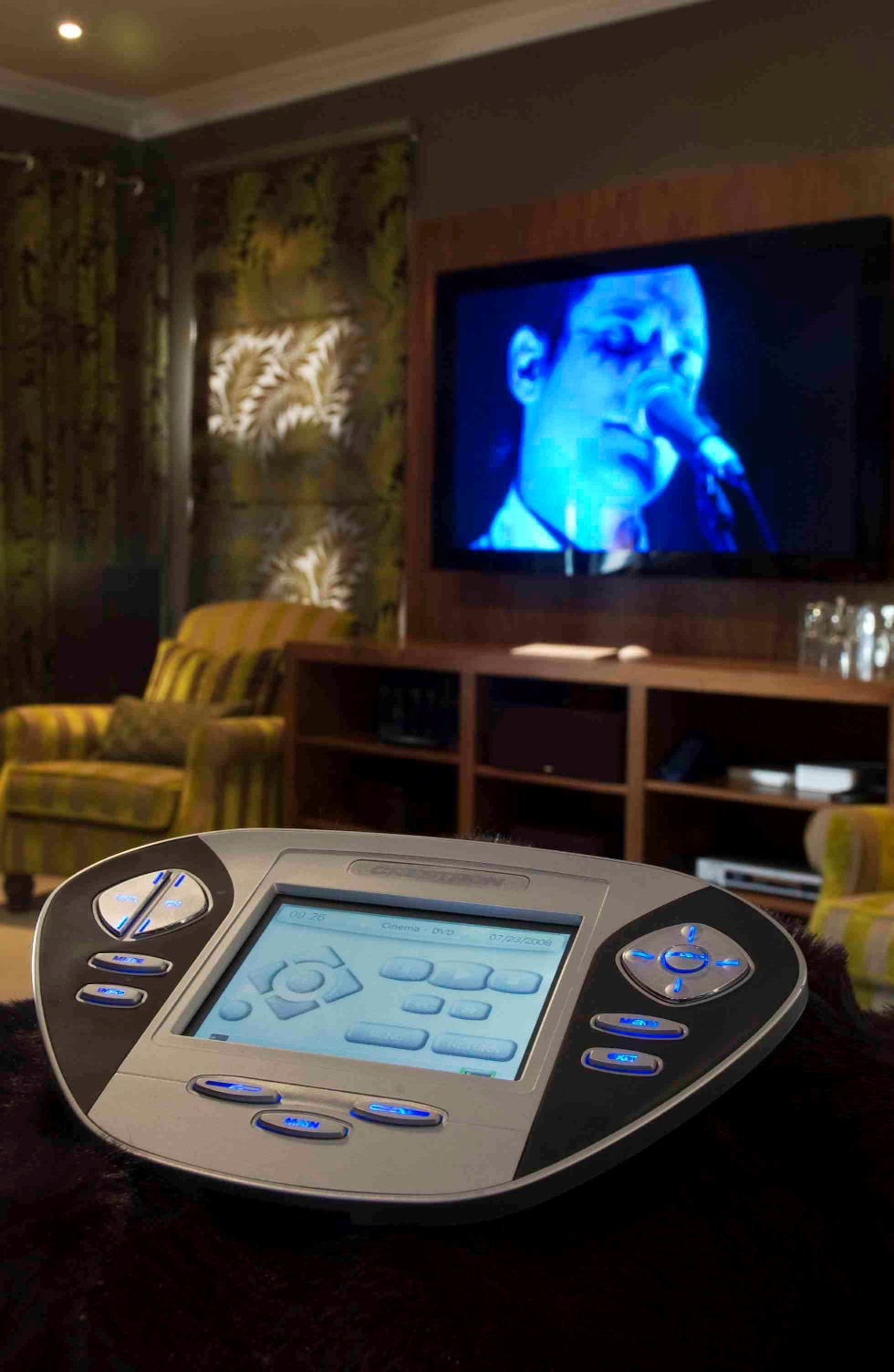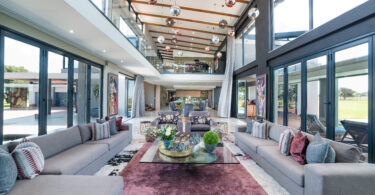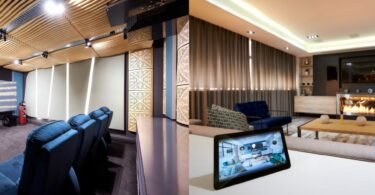Today, technology is an important part of our everyday lives, and so it is imperative to do what you can to future-proof your home as best as possible so that it has the capacity to evolve with the ever-changing advancement of technology. Peter von Graszouw, CEDIA-certified systems designer from The HFX Group provides an overview on what should be an important aspect of the planning and construction of any newly built or renovated home.
If you are planning to build your dream home or renovate your existing home, you are about to embark on a journey where you will be required to make hundreds of design and planning decisions that will ensure that the end result best reflects and caters for the specific needs of your family. However, have you taken the time to consider how modern technology can be seamlessly integrated into the design and construction of your dream home?
Doing this will not only dramatically increase the resale value of your property, but it will also offer you and your family the ability to enjoy the entertainment, educational, security and communication benefits intrinsic in a properly wired home. This process has been coined as “future-proofing”, and its goal is to ensure the longevity and the adaptability of the home for as long as possible. Obviously, it is impossible to completely future-proof any home entirely as we can’t predict the future, but you can really extend your home’s longevity by making a few clever design choices.
What makes it so important?
Simply put – future-proofing will ensure that your home won’t become obsolete in an age of ever-emerging technology and expanding lifestyle choices. Peter von Graszouw, CEDIA-certified systems designer from The HFX Group says: “Integrating technology into the design of your home is a comparatively new necessity in the residential building industry, but an incredibly important one. A stable networking system will be gainful, especially in view of the fact that there are new products being launched each day that require Internet access or communication between devices.
“Increasingly more homeowners understand how the latest technologies can enhance the comfort, convenience, security, cost saving and enjoyment of their in-home experience. As such, more and more of them are looking at ways of integrating this technology into their homes. Power management is also becoming a increasingly desirable system for homes and saving energy is really important, not only from a cost-saving perspective, but also because our national grid is more under strain each day.”
Who can help?
He says homeowners undertaking a major renovation or new-build should include the expertise of a skilled contractor who understands the design, configuration and installation of home automation, data, audio, networking and lighting in the home, right from the beginning of the project: “Custom home networking integrators should work with the building team – as the architect, builder, interior designer and electrician won’t generally have adequate knowledge about the above mentioned systems in order to provide accurate and custom-tailored advice to the homeowner.
What about WiFi?
You might be asking yourself what the fuss is all about – especially with the introduction of WiFi. Peter explains: “WiFi is an amazingly innovative technology that allows wireless access to the Internet. However, it is important to note that WiFi offers a limited range, as it generally doesn’t operate too well through walls and over distances. There are also a host of devices working on these frequencies and it isn’t always smooth sailing. Added to this, whether or not it provides a healthy environment to live in remains questionable – most reports claim that WiFi is completely safe, but the truth is that it hasn’t been around long enough for anybody to know what the long-term effects of exposure will be. Many members of the public are concerned that the electromagnetic fields emitted from WiFi pose health risks.” To be on the safe side, Peter recommends that WiFi in the home is kept to a minimum and that the rest of the home uses wired technology, which will cater for more reliability and any future changes.
What needs to be included?
Future-proofing your home requires you to think out of the box, stay abreast of technological trends and try to see beyond the present and into the future, so that you can best choose smart infrastructure and design options. Peter says that things are changing all the time: “Product trends are important to look at, as they dictate what will be required in the future. For example, today, it is common to put a network outlet by every television to cater for Smart televisions. Also, the time is coming where most white appliances in your home will be networked using electrical power lines and the Internet, as such extra electrical points and provisions for Internet connectivity are being included in the kitchen.”
Peter notes that the most important structural elements that can be included in your home to help future-proof it, would be to include arteries that are easily accessible: “These conduits should be specially designed to house wiring and it is essential that they are located in the right areas and have the right sizing to accommodate the specific cabling throughout the home. Including a central room or hub designed especially to house all your technological products, equipment and wiring is another practical idea – this way, you can enjoy the benefits that these products offer, but without them having to interfere with the decor. The best location for this equipment room is somewhere central that can be accessed, and well ventilated.”
CONTACT:














Leave a Comment